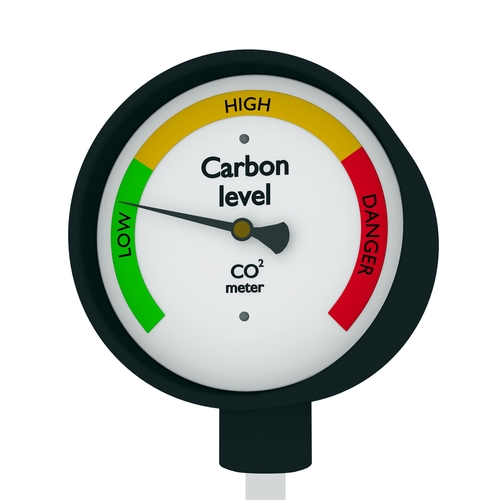EEI member companies display commitment to EVs, carbon-free energy

Edison Electric Institute’s (EEI’s) member companies have collectively reduced their carbon dioxide (CO2) emissions approximately 45 percent below 2005 levels.
According to EEI, nearly 40 percent of all U.S. power generation now comes from carbon-free sources.
“Carbon emissions in the power sector are at their lowest level in more than 30 years, and they continue to fall,” EEI President Tom Kuhn said. “As the transportation sector increasingly electrifies, it is also getting cleaner. This week is National Drive Electric Week, which provides an opportunity to celebrate the clean energy progress that we have made while spotlighting the new technologies and corporate commitments that are leading us forward.”
To that point, EEI’s member companies committed to invest at least 5 percent of their annual vehicle fleet budgets in plug-in electric vehicles (EVs) and technologies in 2014. Participating members exceeded that, investing 10 percent of their total budgets on average by 2015. And every year since, companies consistently have met or exceeded the investment target. Currently, more than 70 percent of EEI member companies have made new fleet electrification commitments. Collectively, member companies are on track to electrify more than one-third of their fleets by 2030.
“As an industry, it is critical that we lead by example, and our collective commitments to electrify our fleets both show our customers the path to clean transportation and send a clear message to the automakers that our industry – and many others – are committed to an electric vehicle future,” Pedro Pizarro, Edison International President and CEO and co-chair of EEI’s CEO task force on electric transportation, said.
Many companies also include targets for electrifying medium- and heavy-duty vehicles. These vehicles make up about 5 percent of all vehicles on U.S. roads but contribute 28 percent of all vehicle greenhouse gas emissions.
“Auto Innovators’ members are leading the way in advancing technologies for vehicle electrification,” Alliance for Automotive Innovation President and CEO John Bozzella said. “Our members offer more than 40 electric models, and that number is expected to more than triple by 2025. But putting EVs on the market is just part of the equation. Fleet purchasing commitments, such as these, are key to increasing consumer awareness, boosting market penetration, and aligning demand with the need for more charging infrastructure.”
A recent report from EEI and the Institute for Electric Innovation predicts that 18.7 million passenger EVs will be on U.S. roads by 2030. This will require about 9.6 million charging stations. Electric companies are working with stakeholders to support the growth of EVs and to provide the charging infrastructure in cities and communities across the country.
“Electric vehicles improve air quality at worksites and in our local communities and building out the charging infrastructure needed to electrify the transportation sector creates new job opportunities for our highly skilled workforce,” International Brotherhood of Electrical Workers International President Lonnie Stephenson said.
Overall, EEI’s member companies are investing more than $2.6 billion to deploy charging infrastructure and to accelerate electric transportation.
“EEI’s member companies are leading by example as they invest in the EVs, charging infrastructure, and technologies that will enable them to greatly reduce carbon emissions from their own vehicle fleets,” Kuhn said. “Across the country, electric companies already are transferring the lessons from their own experiences to help customers large and small develop the charging infrastructure they need to deploy EV fleets that will reduce costs and carbon emissions. This is a win-win for vehicle owners and for the environment.”
